How to Use Vermiculite: What Is Vermiculite and How Much Vermiculite to Add to Soil
What Are Soil Amendments?
Soil amendments like vermiculite and perlite are essential for improving soil structure and supporting healthy plant growth. If you're learning how to use vermiculite, it’s especially valuable for retaining moisture, making it ideal for water-loving plants or soil mixes that need both drainage and moisture retention.
Wondering what is vermiculite? It's a naturally occurring mineral formed from heated volcanic glass that expands into lightweight, absorbent granules. When added to soil, vermiculite improves aeration, moisture retention, and nutrient availability.
Knowing how much vermiculite to add to soil depends on your specific gardening needs, but a general rule is to mix about 10–20% vermiculite into your soil or potting mix. Whether you're comparing vermiculite vs perlite or simply looking to improve seedling success, these soil amendments play a crucial role in helping your plants thrive.
What is Vermiculite and How Much Vermiculite to Add to Soil for Optimal Results
Vermiculite is a naturally occurring mineral that serves as a versatile soil amendment, enhancing both potting soil and garden soil. It's a lightweight soil amendment made from heated volcanic rock that expands into granules capable of holding several times its weight in water. Its unique properties allow it to retain moisture, improve soil aeration, and promote nutrient retention, making it ideal for seed sowing compost and house plant compost.
By adding vermiculite to existing soil or potting mixes, gardeners can support healthy root growth, prevent excess moisture, and create optimal conditions for young plants, seedlings, and newly seeded lawns.
Why Vermiculite is Essential for Gardeners
Vermiculite is an important factor for growing plants, especially for water-loving plants that require consistent moisture. When mixed with perlite, coconut coir, or volcanic glass, it enhances soil structure by improving water retention and promoting healthy root development.
Whether you're using horticultural vermiculite or purchasing it from a trusted supplier, adding vermiculite to soil can help protect seedlings and provide a great alternative for those looking to substitute perlite in their mix. With its ability to hold moisture in little chunks, it's a must-have for many gardeners and an essential amendment for most plants. Check out our vermiculite bags to enhance your gardening experience.
What is Vermiculite?
Have you ever noticed how some potting mixes sparkle in the sun? That’s because they contain vermiculite, a soil amendment that helps with water retention, aeration, and nutrient exchange. Vermiculite is a phyllosilicate mineral that is mined from rocks formed 1.5 to 3 billion years ago, including those found in Libby, Montana.
Crude untreated vermiculite is used in various industrial materials, but the garden variety, called “exfoliated” vermiculite, has been treated with extreme heat and pressure to expand it. This process creates a porous surface perfect for retaining moisture and nutrients.
While some vermiculites in the past contained asbestos, the mines in Libby, Montana, are no longer active, and modern vermiculite is rigorously tested to ensure it is free of this carcinogen. Vermiculite is a non-toxic mineral that will not deteriorate in your soil mix, so its effects last for a long time. Since it doesn’t break down, it doesn’t provide nutrients directly, but instead helps promote improved soil structure.
Its unique shape traps water and nutrients, which can be absorbed by plant roots as needed, reducing the frequency of watering, even in high temperatures. Mixing vermiculite into your growing medium can help promote optimal root growth.

What is the Benefit of Adding Vermiculite to the Soil
- Improves moisture retention when mixed with soil, helping plants retain water for longer periods.
- Helps with aeration of root systems, although if this is your primary goal, you may want to choose perlite instead.
- Improves soil drainage by preventing soil from becoming too compacted, especially in heavy or clayey soils. This allows for better water flow and root health.
- Reduces soil compaction, which can restrict root growth and water penetration, by loosening the soil and creating more space for roots to expand.
- Because it is a sterile medium, it is ideal for starting seeds and propagating cuttings. Using plenty of vermiculite, or even straight vermiculite, can prevent bacterial and fungal problems such as damping off and root rot. It is commonly used in seed germination mixes.
- Lightens the soil in garden beds, raised beds, or pots, making it easier for roots to spread and access nutrients.
Using Vermiculite in the Garden and Landscape
- Use 1/3 to 1/2 vermiculite in your potting soil for containers or when building your raised beds, or improve your garden soil by adding it in the spring with your other soil amendments and compost.
- For new lawns, spread a 1/4 inch layer evenly around the planted area just after you seed it, then irrigate well. The vermiculite will help hold moisture near the seeds to improve germination.
- Vermiculite can also be used for storing bulbs and root crops over winter. It will retain water from the environment around the roots and bulbs, without desiccating the roots and bulbs themselves. Just layer the vermiculite and the roots or bulbs, and store in a cool, dry place away from sunlight.
- Your worm bin can also benefit from the addition of vermiculite. Just add a handful to provide the grit your worms need to digest their food.

Understanding Vermiculite
Vermiculite, a mineral mined from ancient rocks and treated to form the exfoliated variant, serves as a crucial soil enhancer in gardening. This porous material aids in water retention, aeration, and nutrient exchange, making it a sought-after component in soil amendments.
Insight into Vermiculite
Derived from phyllosilicate minerals, vermiculite undergoes a process involving extreme heat and pressure, resulting in its expanded, porous structure. It's rigorously tested for safety, ensuring it's free from asbestos, making it a safe and lasting addition to garden soils.

Benefits of Using Vermiculite in Soil
Enhanced Water Retention
Vermiculite is a naturally occurring mineral that significantly enhances water retention in both potting soil and garden soil. By incorporating vermiculite into potting soils and seed sowing compost, gardeners can create a good mixture that helps retain moisture, ensuring optimal conditions for seed germination and supporting the health of plant roots in potted plants and container plants.
This improved moisture control not only promotes rapid growth but also prevents issues like root rot, making it an essential amendment for healthy garden plants and newly seeded lawns.
Improved Aeration and Drainage
Vermiculite, a naturally occurring mineral, enhances soil aeration and soil drainage in both potting soil and garden soil. By adding vermiculite to potting soils and seed sowing compost, gardeners can improve soil quality, allowing for better oxygen flow to plant roots and preventing excess moisture buildup. This helps in maintaining the ideal balance of water and air in the soil.
This enhanced aeration is crucial for healthy root growth in potted plants, container plants, and newly seeded lawns, ensuring optimal conditions for seed germination and promoting vigorous growth.
When comparing vermiculite vs perlite, it’s important to note that while both improve aeration, vermiculite retains moisture better, making it ideal for moisture-loving plants, whereas perlite provides more aggressive drainage and aeration without holding moisture.
Soil Structure and Nutrient Retention
Vermiculite plays a crucial role in improving soil structure and enhancing nutrient retention, making it an excellent addition to potting mix and compost. By using vermiculite, gardeners can create a growing medium that aerates soil while retaining moisture, which is essential for seed sowing seeds and rooting cuttings. Its ability to hold various plant nutrients and maintain a neutral pH ensures that house plants and seedlings thrive, promoting healthy growth even under temperature and humidity changes.
Lightweight and Easy to Handle
Vermiculite is a lightweight soil amendment that makes it easy to handle and incorporate into various growing mediums, including potting mix and moist compost. Its absorbent brown gold flakes allow for easy mixing with other materials, helping to aerate soil and improve drainage in both sandy and clay soils.
By using vermiculite, gardeners can efficiently create a suitable environment for seed sowing seeds, rooting cuttings, and nurturing house plants, all while ensuring that moisture control and plant nutrients are effectively managed.
Safe for Plants and People
Vermiculite is a useful soil amendment that can be confidently used in potting mix and moist compost without harming plants or people. Its neutral pH and non-reactive nature make it ideal for a variety of applications, from seed sowing seeds to rooting cuttings in seed trays.
By adding vermiculite, gardeners can improve drainage and aerate soil while ensuring a healthy environment for house plants and seedlings, all while adhering to strict industry protocols for safety.

Practical Use of Vermiculite in Gardening
Utilizing vermiculite for optimal gardening results:
- Mixing it into containers, raised beds, or garden soil during spring with other amendments and compost.
- Spreading a 1/4 inch layer for moisture retention when seeding new lawns.
- Storing bulbs and root crops over winter, maintaining moisture without desiccating the stored items.
- Adding to worm bins to aid digestion with the necessary grit for worms.
Sizes of Vermiculite
Vermiculite is available in several different particle sizes, typically categorized by grades. The most common grades of vermiculite are:
-
Super Fine Grade: Particles are very small, typically less than 1 millimeter in diameter. This grade is often used for seed starting and as a soil amendment in potting mixes.
-
Fine Grade: Particles are slightly larger, generally ranging from 1 to 2 millimeters in diameter. It is also used in potting mixes and for horticultural purposes.
-
Medium Grade: Particles range from 2 to 4 millimeters in diameter. This grade is commonly used in gardening, hydroponics, and as a soil conditioner.
-
Coarse Grade: Particles are larger, usually between 4 to 6 millimeters in diameter. It is often used for soil aeration and drainage improvement in gardening and agricultural applications.
-
Extra Coarse Grade: Particles are the largest, typically over 6 millimeters in diameter. This grade is used in situations where maximum aeration and drainage are required, such as in cacti and succulent mixes.

Types and Grades of Vermiculite
Different Grades of Vermiculite: Fine, Medium, and Coarse
Vermiculite is available in three main grades: fine, medium, and coarse, each suitable for different gardening applications. Fine vermiculite is ideal for seed sowing seeds and starting seedlings, while medium grade vermiculite is perfect for potting mix and moist compost, providing excellent moisture control and aeration.
Coarse vermiculite, with larger flakes, is often used to improve drainage in clay soils and sandy soil, making it beneficial for rooting cuttings and house plants that require stable conditions during temperature and humidity changes.
Choosing the Right Grade for Your Garden Needs
Choosing the right grade of vermiculite is essential for optimizing your garden's health and productivity. For seed sowing seeds and starting seedlings, fine vermiculite is ideal, as it provides excellent moisture control and aerates soil effectively.
Medium grade vermiculite works well in potting mixes and moist compost, while coarse vermiculite is best for improving drainage in clay soils and sandy soil, making it suitable for rooting cuttings and house plants that require stable conditions during temperature and humidity changes.
Thoughts on Vermiculite
In gardening practices, vermiculite stands as an invaluable aid in soil enhancement, offering improved moisture retention, aeration, and fostering healthy plant growth. While alternatives exist, vermiculite's unique properties make it a valuable addition to potting mixes and garden soils, contributing to flourishing plant life and sustainable gardening practices.
This information is one part of a series focused on how to amend soil. Please see our resource center where we offer additional instructional videos and articles, as well as our bookstore.
You can find more information on soil drainage here in our resource center.

Conclusion
Incorporating vermiculite into your gardening routine provides numerous benefits, including improved aeration, enhanced moisture retention, and better nutrient availability. Understanding how to use vermiculite effectively is key to creating the right conditions for healthy plant growth.
If you’re asking, what is vermiculite? It’s a lightweight, non-toxic mineral that expands when heated and is commonly used in potting mixes and garden beds to support seedlings and established plants alike. One of the most common questions gardeners have is how much vermiculite to add to soil. While exact amounts vary based on plant type and soil conditions, a general guideline is to mix in 10–20% vermiculite by volume for optimal results.
By knowing what is vermiculite, learning how to use vermiculite, and understanding how much vermiculite to add to soil, gardeners can dramatically improve soil structure, promote root development, and maintain consistent moisture for a thriving garden.
For further insights and resources on soil amendments and gardening techniques, be sure to explore our resource center at Grow Organic, where you can find different types of fertilizers such as vermiculite, perlite, coco coir, and coco peat.
FAQs about How Much Vermiculite to Add to Soil: What is Vermiculite and How to Use Vermiculite
-
What is vermiculite?
-
Vermiculite is a naturally occurring mineral that expands when heated, resulting in lightweight flakes that improve soil structure by retaining moisture and nutrients.
-
-
How do I use vermiculite in my garden?
-
To learn how to use vermiculite, simply mix it into your compost, moist soil, or potting mix, aiming for about 10-30% of the total volume to enhance aeration and moisture retention.
-
-
Can I use vermiculite for seed starting?
-
Yes, you can use vermiculite in your seed tray for starting seeds. It helps provide a stable environment while promoting anchorage and preventing root rot.
-
-
Is vermiculite safe for plants and people?
-
Absolutely! Vermiculite is safe for both plants and people, as it’s non-toxic and free from harmful substances like asbestos, making it a great choice for houseplants, including peace lilies.
-
-
How does vermiculite help with moisture control?
-
Vermiculite helps retain moisture by holding water in its porous structure, which allows it to release moisture slowly to plants, ensuring they stay hydrated without overwatering.
-
-
Can I mix vermiculite with other amendments?
-
Yes, you can combine vermiculite with other materials, like perlite, to create a balanced growing medium that improves drainage while simultaneously retaining water.
-
-
How should I store vermiculite?
-
Store vermiculite in a cool, dry place, away from direct sunlight, to maintain its properties. It’s best to keep it in a sealed container to prevent moisture absorption.
-
-
Can I use vermiculite for worm bins?
-
Yes, adding vermiculite to your worm bin can help breed worms effectively. It provides the necessary grit for worms to digest food while promoting a healthy environment.
-
-
What are the benefits of using fine vs. coarse vermiculite?
-
Fine vermiculite is ideal for starting seeds and rooting cuttings, while coarse vermiculite is better for improving drainage in heavy soils, such as clay, and promoting root growth in established plants.
-
-
How do I know how much vermiculite to add to soil?
-
A general guideline is to add around 10-30% cent vermiculite to your existing soil or potting mix, adjusting based on your specific plant needs and soil conditions.
-
Additional Resources
-
Homemade Potting Media - Penn State Extension This article discusses the composition and preparation of homemade potting media, including the use of vermiculite. It provides information on the properties of different ingredients like sphagnum peat moss, sand, perlite, and vermiculite, and gives detailed instructions for creating both soil-based and peat-based potting media. Read more here
-
Potting Media and Plant Propagation - Penn State Extension This article covers basic recipes for potting media and insights into organic transplant production. It highlights the importance of a mix of peat moss, vermiculite or perlite, and compost or organic fertilizers in providing a suitable environment for plant growth and development. Read more here
-
Growing Media (Potting Soil) for Containers - University of Maryland Extension This resource focuses on choosing the right growing media for container gardens. It explains the functions of growing media, including supplying roots with nutrients, air, and water, and emphasizes the importance of ingredients like sphagnum peat moss, perlite, vermiculite, and compost in commercial soilless mixes. Read more here
-
Potting soils and seed-starting mixes for your garden - Michigan State University Extension This article provides insights into the composition of potting soils and seed-starting mixes, including the use of peat moss and vermiculite. It also discusses the nuances of organic gardening and gives tips for creating your own seed-starting or potting mix using ingredients like peat moss, compost, and vermiculite. Read more here
-
What is the best soil for potted plants? - University of New Hampshire Extension This resource outlines the best soil types for potted plants, emphasizing the role of ingredients like peat moss, perlite, and vermiculite in creating an ideal growing medium. It provides an understanding of the different types of commercial mixes and the importance of a well-draining, nutrient-rich soil for healthy plant growth. Read more here

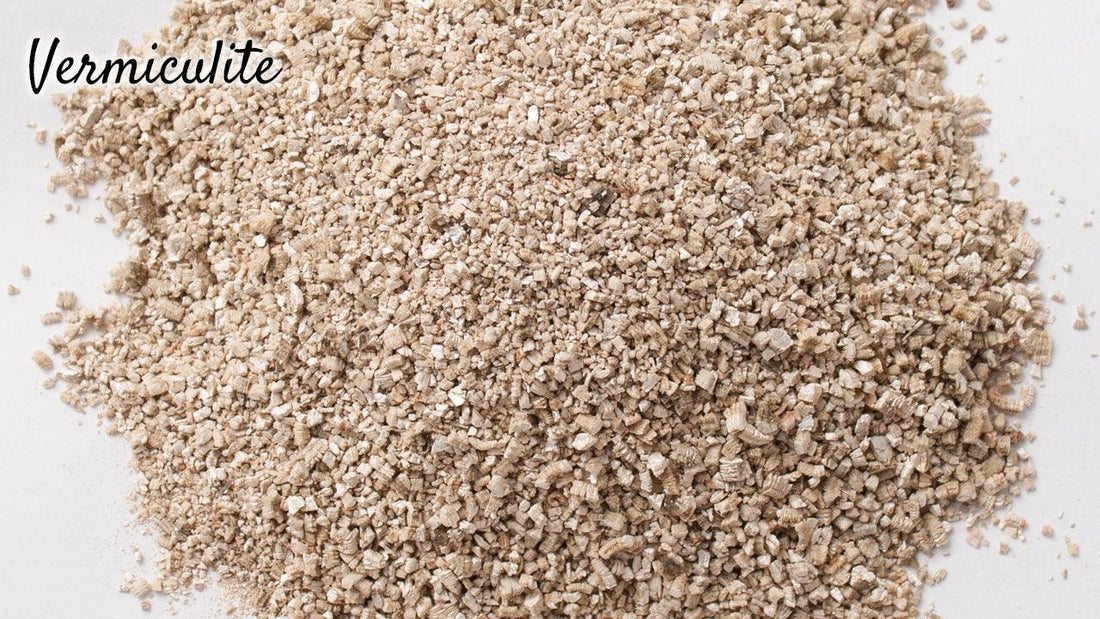


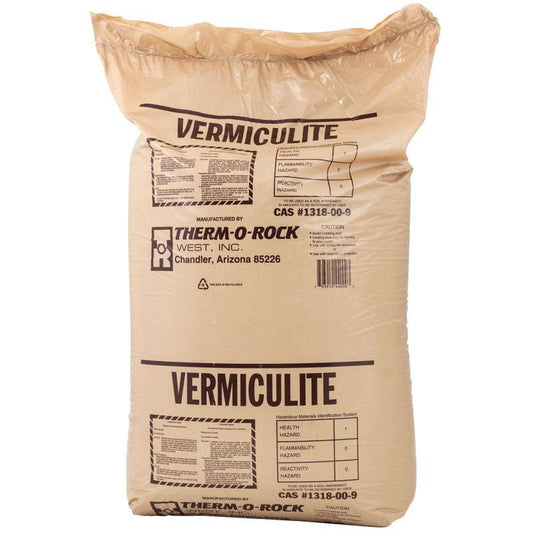
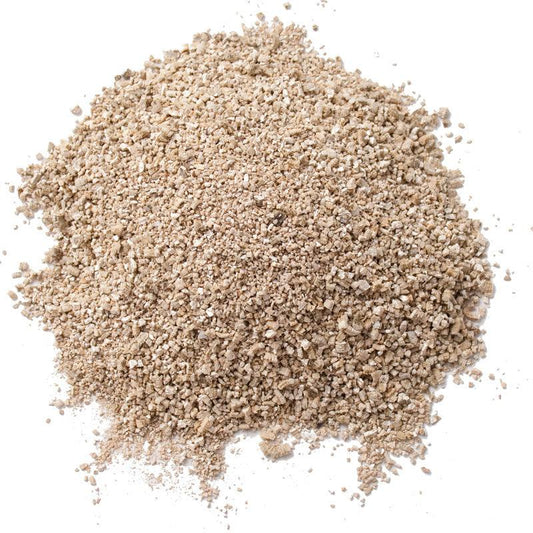
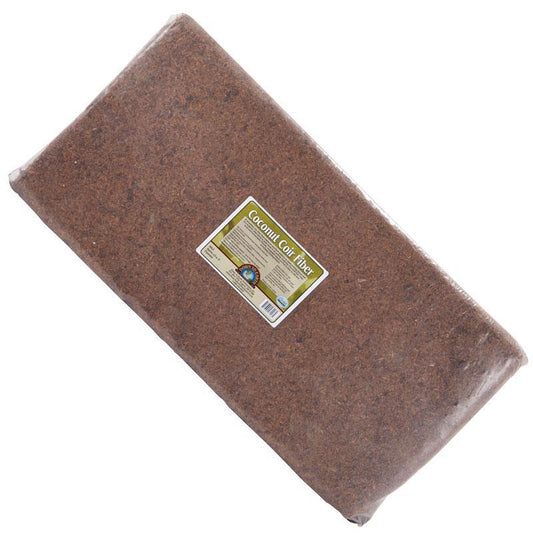
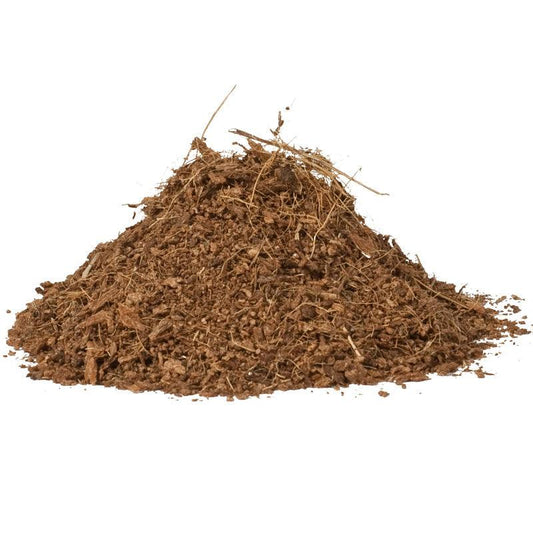
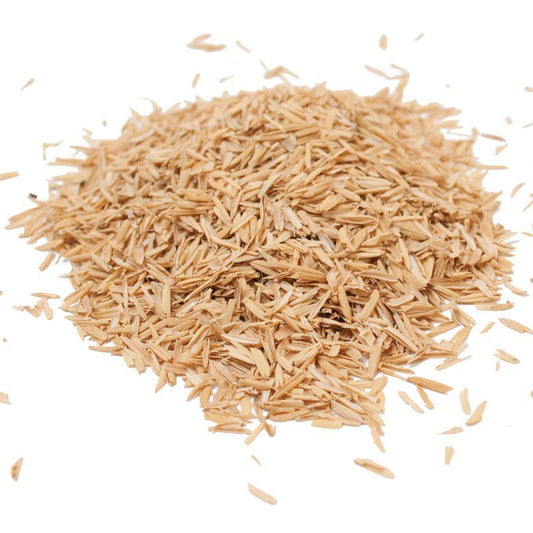


2 comments
So, did you check the pH of the soil, peat moss can cause a decrease in your pH. You can add soil inoculants to boost your soil biology or add good compost or fertilizers with microbes. If the soil is really compact I would work in some compost, it will help with compaction and increase your soil biology. Another thing is to not walk in the areas that you are planting, keep defined paths and only walk on those to avoid compaction.
Greetings. I recently began gardening (mostly veggies) in a community garden plot. A long, cold and wet spring prevented us from planting until fairly recently. During those cold/wet weeks in mid-late spring we added a couple inches of topsoil (scott’s premium sphagnum peat moss) and tilled it into the existing soil. Since then – In the past few weeks, we’ve planted numerous veggies and flowers. The weather over the past few weeks is great – not too hot, cold, dry or wet. The plants are living, but they’re definitely not thriving (at least not as well as some plants we’ve potted). It seems that the soil has become compacted – and when I dig into it I’m not seeing a lot of critter activity (no worms for instance). Given that all our veggies have been planted for 2-3 weeks, would it help/hurt to try to condition the soil – perhaps by amending the soil surrounding the plants with vermiculite, or by aerating the surrounding soil with spike shoes or even plugs? Thanks for your thoughts. Appreciate this article and wish I’d read it a couple months ago!